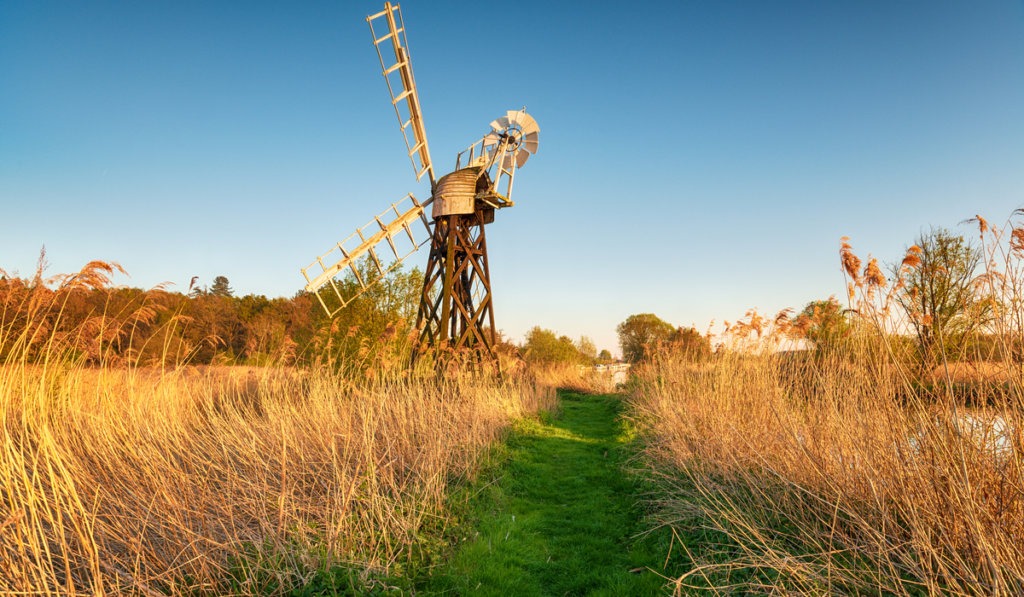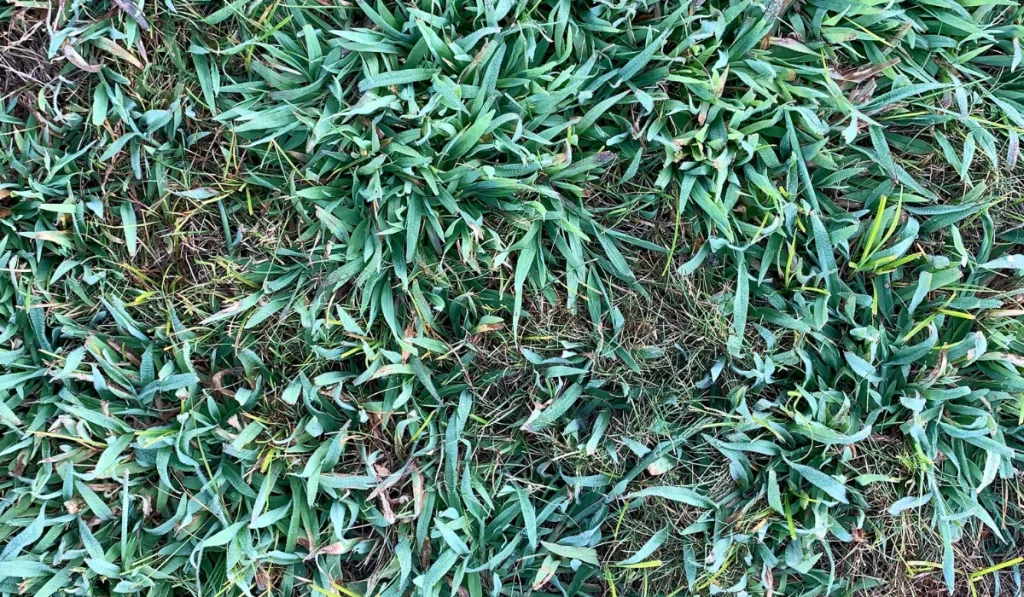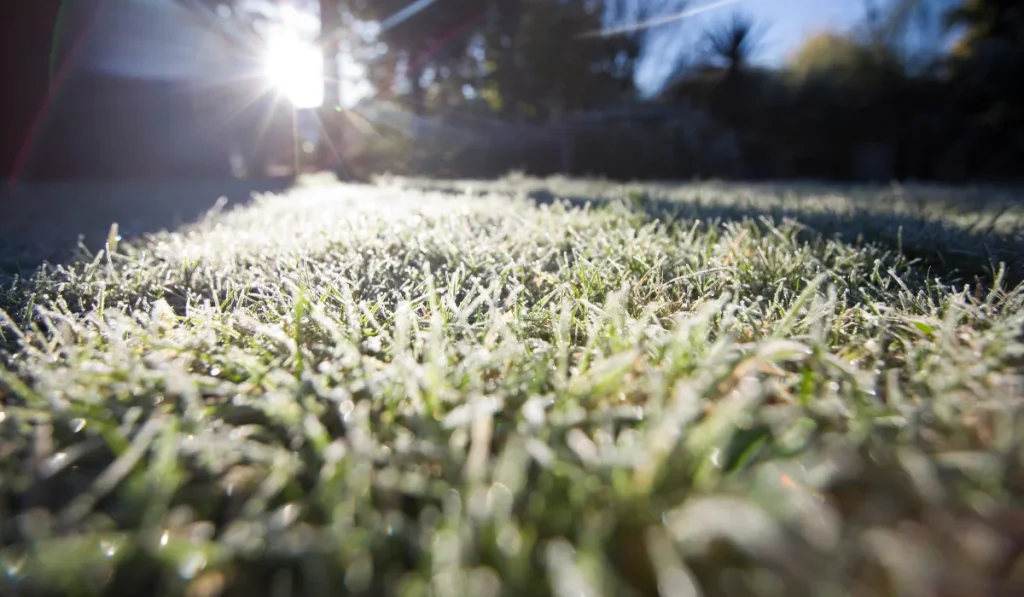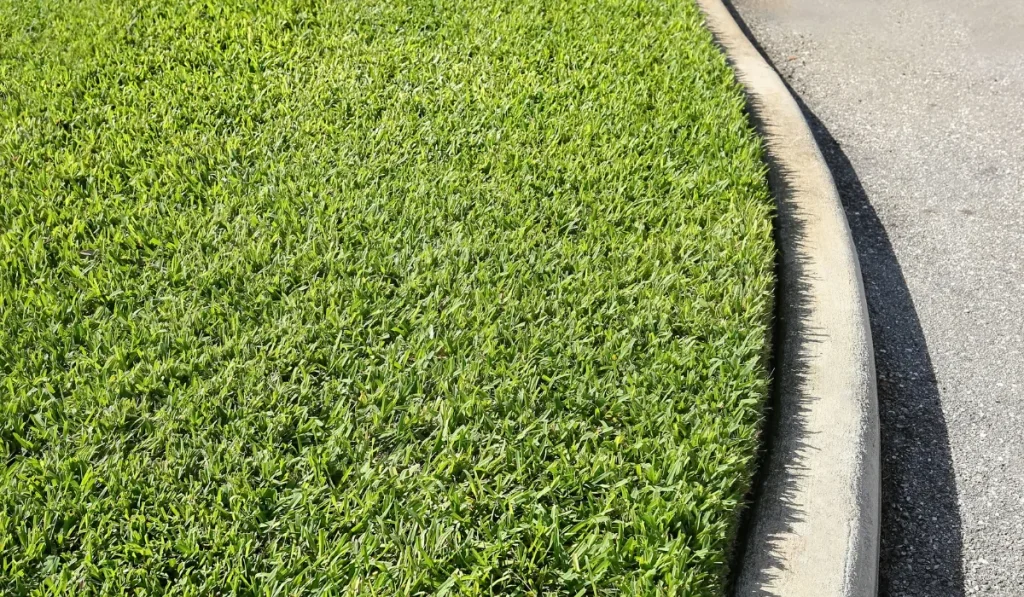Congratulations—you just bought a house! You’ve been saving up for years, and it’s finally paying off. With the furniture moved in and the first big home improvement projects formulating in your mind, you can finally start to see your new house as a home. Then that first rainstorm comes.
Homeowners are often surprised when they see their yards flooded with rain water and suddenly find themselves researching DIY fixes in a panic after the unnecessary damage has already been done. The good news is that these problems can largely be avoided by understanding how to properly manage drainage and grading.
What is Landscape Drainage and Grading?
Drainage and grading are terms often lumped together describing the various methods used to avoid pooling, erosion, and damage to the property from rain water. During a home inspection, the main priority is always to examine whether the house is effectively protected from flooding or damage to the foundation.
According to the standards of practice laid out by the International Association of Certified Home Inspectors (InterNACHI), home inspectors are only expected to check “vegetation, surface drainage, retaining walls and grading of the property, where they may adversely affect the structure due to moisture intrusion.”
With that said, the home inspector doesn’t always catch everything, so it’s up to you as a homeowner to understand some basics about your home’s grading and drainage systems so you can fix the problems when they appear or, better yet, keep them from happening in the first place.
- Grading refers to the intentional sculpting of a property’s landscape. The majority of a home’s landscape grading is done during a home’s construction, though grading can be adjusted to further control water flow. Water flow can be intentionally manipulated through grading to protect the home and any greenery that might suffer from pooling.
- Drainage refers to the systems homes use to redirect water. From gutters, to french drains, to rain gardens, and to dry wells, there are many ways that homeowners can look to improve their home’s drainage.
Why Is Landscape Drainage and Grading Important?
When a property has poor drainage, problems start piling up. And many of these issues aren’t immediately obvious to the average homebuyer.
Poor drainage and grading leads to water collecting where it shouldn’t—next to the home, pooling in recesses of the lawn and along gardens. Overtime, topsoil will erode away, forming depressions in your yard, and eventually, if the problems aren’t addressed in time, the problem can spread to the soil beneath your home, putting its foundation at risk.
Poor drainage can affect your home’s interior as well, causing pest infestation, mold, basement leaks and—worst case scenario—long-term, expensive structural damage.
Techniques to Improve Drainage and Landscape Grading
Strategies that homeowners, builders, and landscapers can use to tackle drainage problems are incredibly varied. Like all types of home maintenance, it’s important to regularly check into a home’s key systems to see if any updates or repairs are needed.
While a home inspection report will certainly help owners identify issues in their landscape grading or drainage systems, full home inspection training isn’t necessary to make a positive impact on the home.
Starting around the home, the easiest addition that a homeowner can make to reduce pooling alongside their houses is to add a downspout extension. Consistent gutter maintenance is vital for protecting a house’s siding and reducing intrusion from rain water.
Note: If homeowners still find unwanted pests in the home despite eliminating water leaks, check out these home defense strategies!
Unfortunately, some of these easy fixes won’t always solve drainage problems. Ideally, yards should effectively drain through adequate landscape grading alone, but this isn’t always realistic. When a yard’s landscape slopes downward away from the house (positive grading) on all sides, the dangers of water intrusion into the household should be resolved. Proper grading should reduce instances where the landscape approaches the home at a negative grade whenever possible.
When positive grading isn’t achievable on all sides of a home, or when a simple downspout extension doesn’t resolve all drainage issues within the yard, homeowners still have a number of options that they can explore:
- Swales are a type of shallow ditch intended to redirect water flow into a specified area to avoid pooling. Creating a swale involves digging and sloping the landscape to form a sort of natural gutter into an area where water runoff can be safely released. Though homeowners can dig their own swales as a DIY project, always proceed with caution during any landscape grading alterations!
- French Ditches are similar to swales, but they incorporate perforated pipes and gravel or other permeable materials meant to evenly disperse rainwater throughout a yard. Trenches dug for French drains tend to be deeper and longer than the average swale. Note: homeowners should always be aware of their local laws and regulations before directing runoff into the street or storm sewers.
- Dry Creek Beds are an aesthetic option to redirect water runoff somewhat similar to swales or other drainage systems. With this option, homeowners use plants, river rocks, and boulders to redirect water in a way that combines efficient function with a unique landscape feature.
- Dry Wells are a more extreme option to be employed in landscapes that particularly suffer with pooling and draining issues. By digging and burying sometimes large tanks within the yard and combining them with other drainage aids, water runoff can more gradually drain into the soil. Multiple dry wells can even be utilized in conjunction with one another, depending on a lawn’s drainage needs.
Good Drainage Leads to a Healthier Lawn
Through thorough inspection and implementation of a landscape drainage plan, homeowners can reduce the damaging effects of water pooling and runoff erosion. For more information on regular lawn care and maintenance, take a look at this Beginner’s Guide!
A solid drainage plan is only the start of successful home and yard maintenance. Homeowners should regularly check on the efficacy of their maintenance systems to determine if changes need to be made. Just remember, every problem is an opportunity to add an eye-catching yard feature and increase the home’s overall curb appeal.
About NPI: National Property Inspections is a national home inspection franchisor consisting of hundreds of expert property inspection professionals. Water damage can be avoided through many home inspection services such as through a roof inspection or through a mold inspection. To learn more about NPI or find an experienced property inspector near you, visit our website today!



